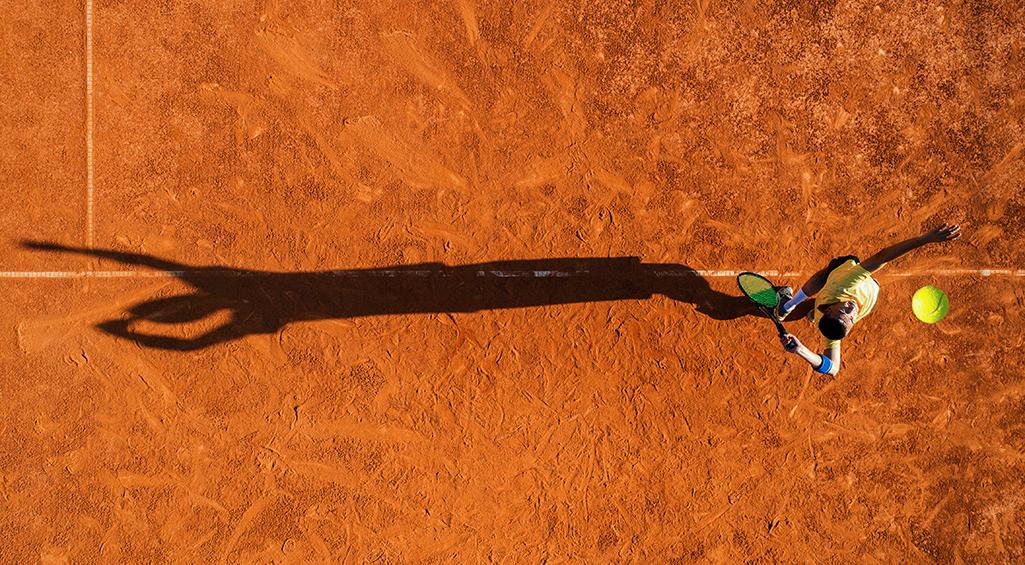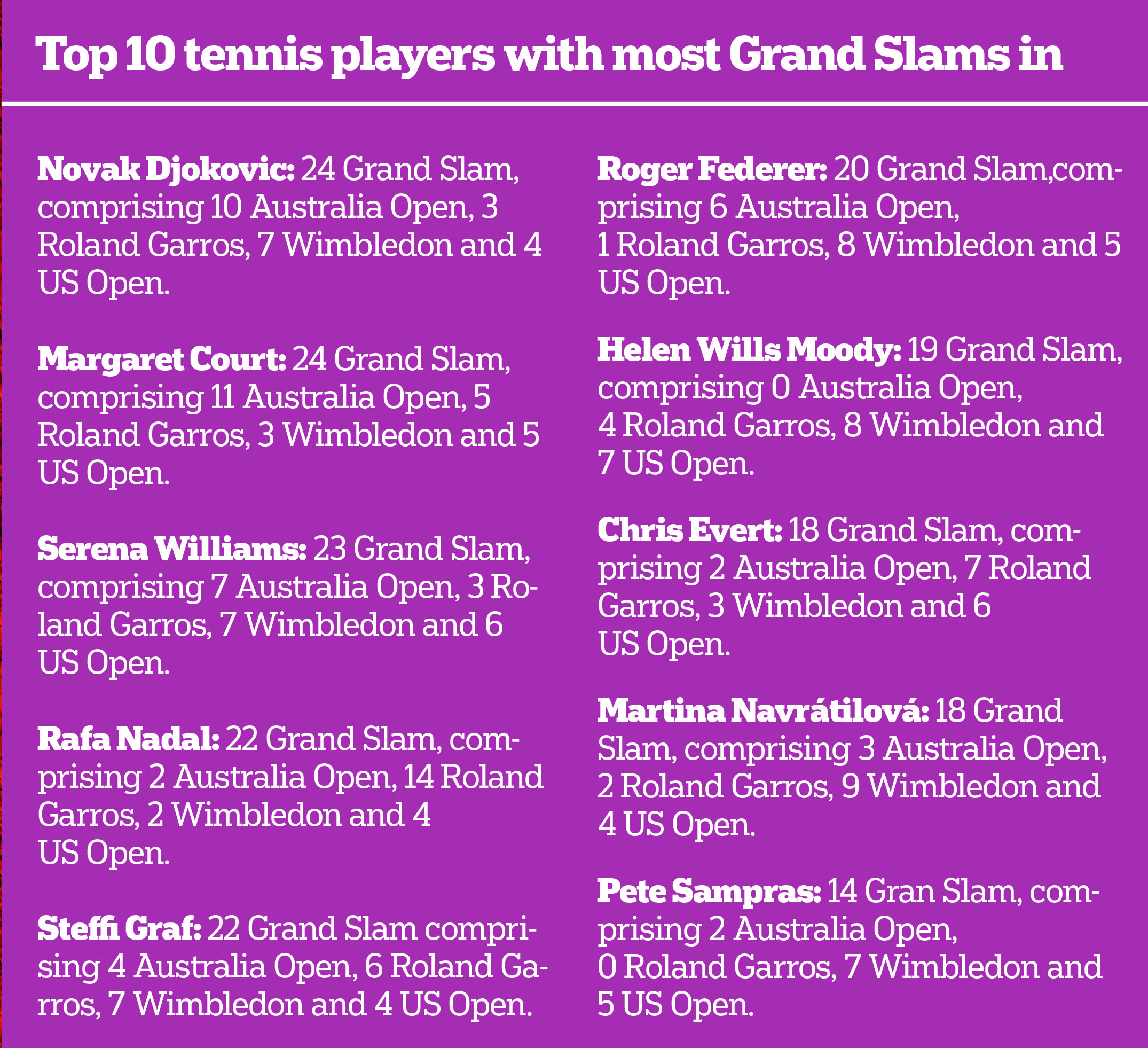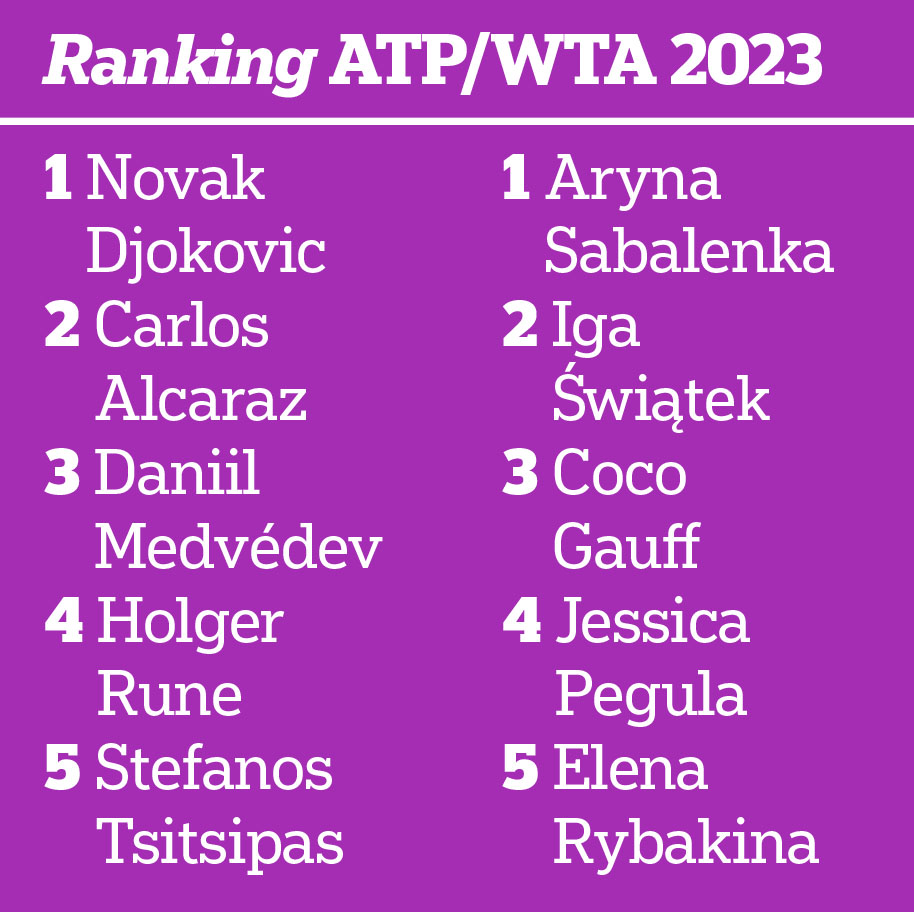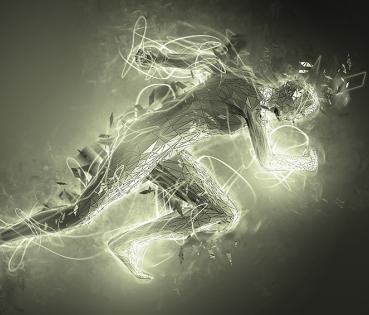
A look back at the great tennis milestones
On 22 April 1968 John Clifton and Owen Davidson officiated the first match of tennis’ Open era. Since then, great men and women players have toured the world rankings and the four Grand Slam courts.
Until the sixties, professional tennis players were banned from participating in the biggest events of the season such as the Davis Cup and the Grand Slams - and, of course, the Olympic Games - competitions open to amateurs who were not being subsidised to play, i.e. who had no promoter behind them. In recent years, however, many amateurs began to be paid for their activities and the possibility was raised that both competitors could play together..
That first match took place on 22 April 1968 on a hard court in Bournemouth (UK). Among other players, Mark Cox was one of the amateurs who stood out, defeating Pancho Gonzales and Roy Emerson, two professionals of the moment. The final, however, was between two of the pros, Rod Laver and Ken Rosewall, who had switched categories years before and are now considered two world-renowned tennis players. Meanwhile, the women’s tournament pitted an amateur, Virginia Wade, against a professional, Winnie Shaw, in the final, and she won.
Serena Williams and The big Three
There is a clear difference in the historical background of the great legends of men’s and women’s tennis. In the women’s game, some of the most famous names are Martina Navrátilová, Steffi Graf, Lindsay Davenport, Monica Seles, Venus Williams and Chris Evert. In 1999 there was a very controversial final between the victory of Steffi Graf - the only sportswoman in the world to win a Golden Grand Slam, at the age of 19 - and Martina Hingis, who was reigning at that time in the WTA. Soon after, both would retire and give way to Serena Williams, who had won her first Grand Slam at the US Open in 1997 at the age of 17, proclaiming herself the greatest player of all time for two whole decades.

This title, however, has been a historic dispute in men’s tennis, with legends such as Jimmy Connors, Björn Borg and Manolo Santana. Since the early 2000s it has been disputed between Roger Federer, Rafa Nadal and Novak Djokovic, who has just beaten Williams in the number of Grand Slams, becoming the male tennis player with the most cups in this tournament. Before his impressive presence, the ATP ranking already included other big names such as Pete Sampras, Andre Agassi and Spaniards such as Juan Carlos Ferrero. However, the golden age of the sport has been lived with the confrontation of these three players, who still continue generating debate. Making an objective comparison, Federer retired in 2021 with 31 Grand Slam finals played, winning 20 of them; Nadal, known for his expertise on clay, which led him to conquer Roland Garros in 2005 at the age of 19, has participated in 30 finals, winning 22 of them; and Djokovic, on the other hand, has faced 35 finals and won 24 of them.
Young faces in tennis
Fifty-five years since the Open era began, and this 2023 has been a cession in many respects. On the women’s category, Iga Świątek, just 22, and Aryna Sabalenka, 25, are in the midst of a battle to rule the WTA. Sabalenka, who reached the final of the last US Open, has been proclaimed first in rankings after reaching the final of the tournament, where she lost against Coco Gauff. Despite this latest result, Iga Świątek is still the active tennis player with the most Grand Slam victories.
In men’s category, last year we were surprised by the appearance on the scene of Carlos Alcaraz, who has just won his second Grand Slam at just 20 years of age, competing directly with Djokovic for the top position in an ATP that also counts with the names of Medvedev and Tsitsipas. The player from Murcia has already faced the Serb on four occasions, winning two times, one of them in the last Wimbledon final.





